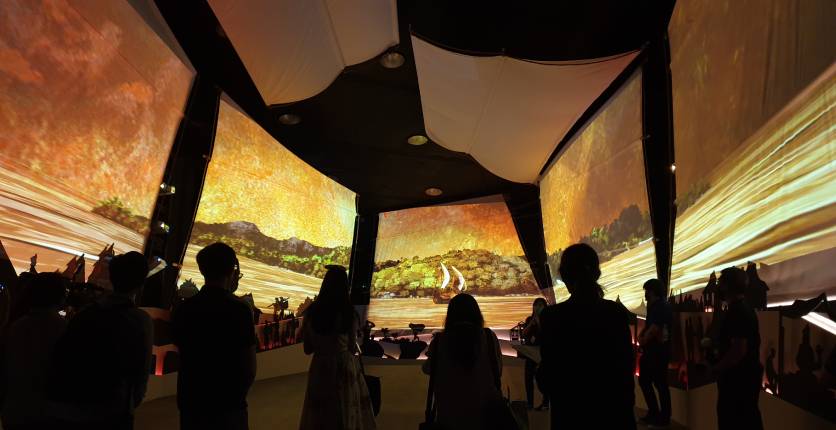Ask anyone what’s the one thing which they are most glad about living in Singapore, and the most common answer is likely that our country is peaceful and safe. In fact, we have been named the safest country in the world, coming up as the top in worldwide country rankings for Order and Security in the World Justice Project’s (WJP) Rule of Law Index 2019. But, the fact is, the road to Singapore’s safe and politically-stable status has not always been a smooth one, and it was through overcoming a myriad of crises, challenges and adversity that this came to be.
It is through the experience of tumultuous events such as wars, racial tensions, economic and political crises, and civil disasters that Singaporeans and Singapore as a whole have built up resilience, and enabled us to become the nation that we are today. All these events remain in our history, but are still integral to our identity, and it is all the more important that we remember the historical lessons that we have learnt from having experienced these events.
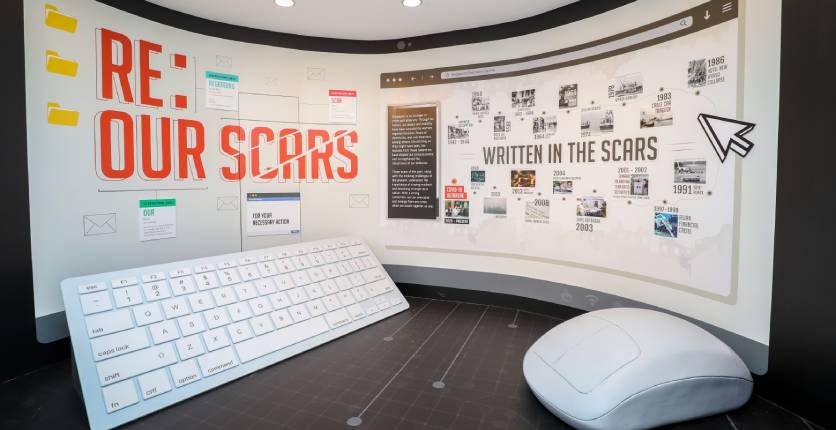
Re: Our Scars. For Your Necessary Action. is an interactive exhibition held at the Singapore Discovery Centre that aims to present and pass on knowledge about our past, and educates us about the lessons learnt from the “scars” and “pain points” of our nation history. It is also curated with the Total Defence pillars being highlighted as important components of present and future stability.
Written In The Scars
Start the exhibition by viewing a timeline of 20 crises that Singapore has faced in the past to the present. From civil unrests like the Maria Hertogh Riots in 1950 to natural disasters like the floods in 1969; to civil disasters like Hotel New World Collapse in 1986 to terrorist acts such as the SQ117 Hijack in 1991 – there is a whole host of these pain points in our nation’s history to read and learn about.
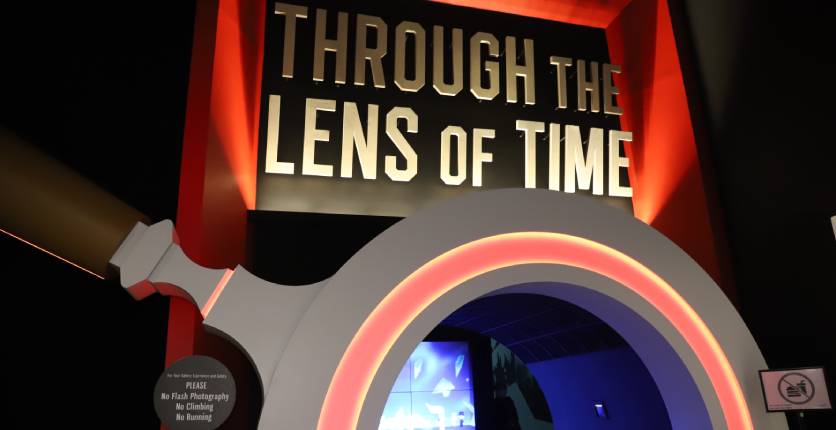
Proceed into the main exhibition hall where you can watch a film about the early days of Singapore and how Sang Nila Utama discovered our little island. (P.S.: On a lighter note, there’s also a great opportunity for taking a commemorative photo with the large keyboard and mouse at the starting point of the exhibition).
The Horrors Of War – Military Defence
Next, step into the first section of the exhibition which highlights the Japanese Occupation in the 1940s during World War II. This follows the Fall of Singapore on 15 February 1942, a key significant moment in Singapore’s history that’s widely regarded as its darkest period and whose impact still reverberates up till the present moment.
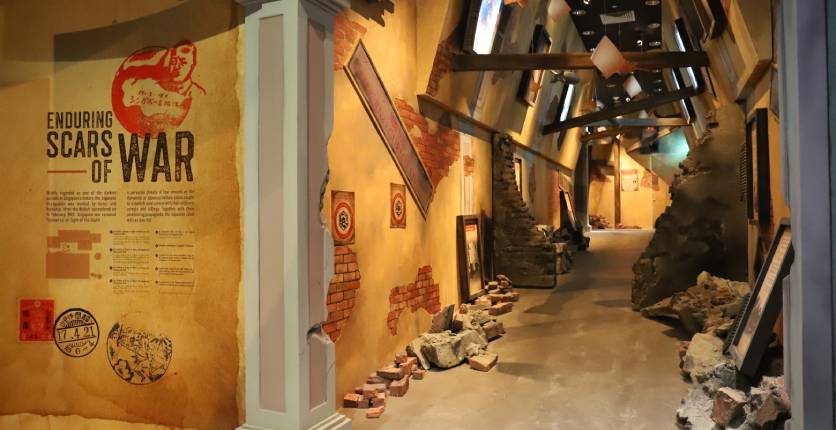
There are two routes which you can take in this section, one is a more visceral tour of atrocities conducted during the Japanese Occupation, while the other route is a more child-friendly route (we suggest going for this if you have kids with you). View artworks by renowned Singaporean artist, the late Liu Kang, and see how the Japanese ruled with an iron fist during these times. Some of the more thought-provoking artworks depict brutalities like babies and toddlers being bayoneted at the whim of the Japanese, and incidents and stories of rape and forced prostitution during this period.
This part of the exhibition ties in with the importance of Military Defence, a pillar in Singapore’s Total Defence which highlights the dangers of dependency and the importance of safeguarding our sovereignty. For a small country like Singapore, Military Defence is about building a strong and formidable defence force, and the commitment to defence and support for National Service is vital in ensuring the security and peace we enjoy.
End the tour of this section at a large room designed to look like you are in a wartime bunker, and watch a 10-minute film that depicts the struggles of the people and how they overcame the extraordinary challenges then. This heart-warming film shows the hope, strength and resilience of Singaporeans living during these trying times.
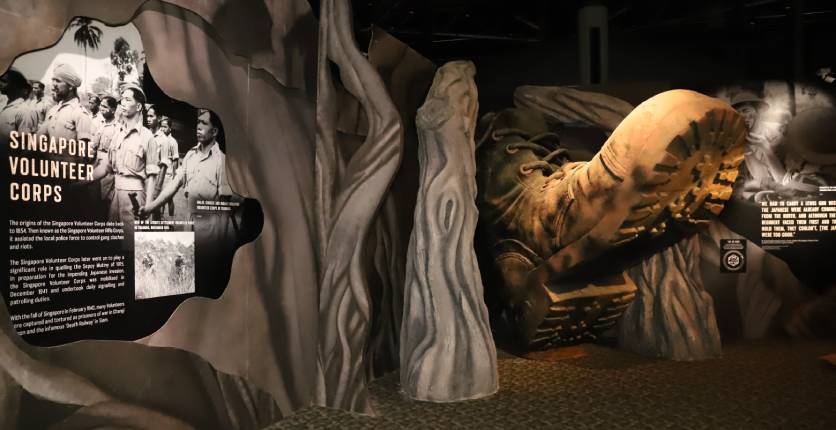
Tensions, Sabotages and Threats – Psychological Defence
From the Japanese Occupation, we now step into the era of the Konfrontasi, a period where uncertainties pervade the country. Witness events such as the ambush at Kota Tinggi by Indonesian saboteurs and acts of terrorism which were rampant during this period.
One key event highlighted in this part of the exhibition is the bombing of the MacDonald House, an atrocious act by Indonesian saboteurs which happened a few months before Singapore gained independence from Malaysia. Along with this bombing, there’s also a map of Singapore which spotlights at least 42 acts of sabotages around the island during this time, a fact which many may not know.
Uncertainties and fears plagued Singaporeans during these turbulent times, and it’s a reminder for us to remain psychologically ready to defend our way of life and have the strong resolve to stand up against any confrontations and external forces which threaten our security.
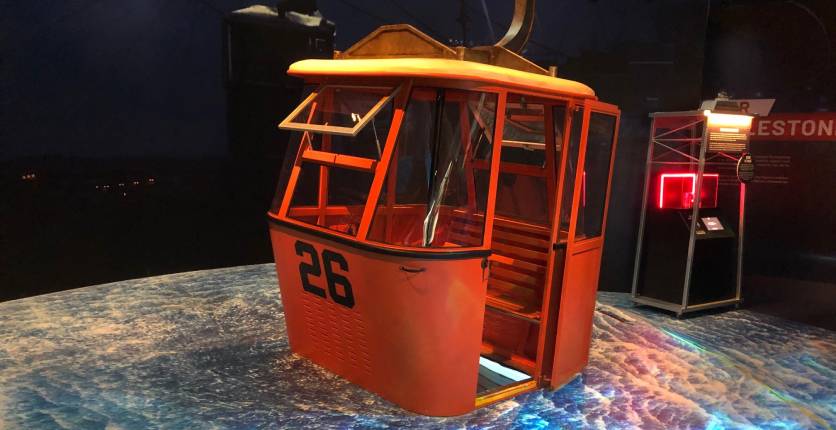
The Tragedy Of The Cable Car Incident – Civil Defence
Considered one of the worst civil disasters in post-independence Singapore, the Cable Car Tragedy happened in 1983 and was a fatal accident which saw two cabins plunged 55 metres into the sea, killing seven people, while 13 people were trapped in four other cable cars.
An all-night rescue operation coordinated by then Singapore Armed Forces (SAF) Colonel Lee Hsien Loong, was launched to rescue the trapped passengers. The SAF tri-service, Singapore Fire Service, Singapore Police Force and related agencies had sprung into action for the crucial rescue.
Here, you can view a detailed timeline of the tragedy and rescue efforts, as well as the measures taken to prevent this from happening again. A replica of an actual-size cable car in this space also offers a photo opportunity. This tragedy serves as a reminder about the importance of a strong Civil Defence, and the need for crisis preparedness and response in the face of emergencies.
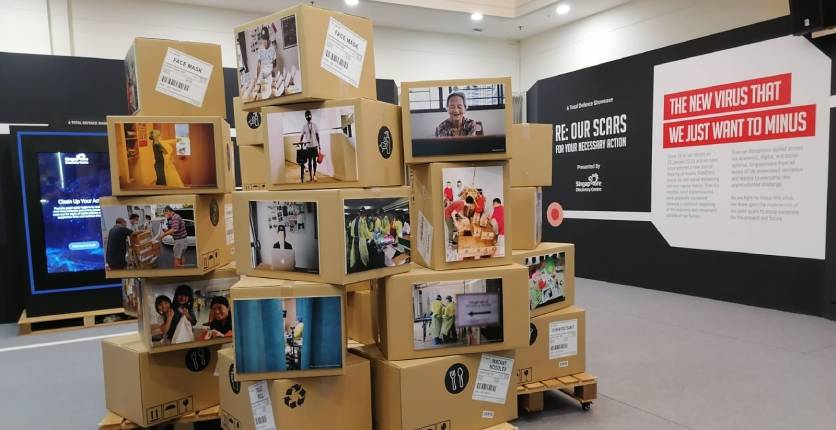
Handling The Crisis Of COVID-19 – Economic Defence, Digital Defence and Social Defence
Held in a separate room from the main exhibition hall is the grouping of the three remaining pillars of Total Defence. Here, you can view the impacts of the pandemic on our society and ravaged aspects like economic stability, social cohesion and digital threats.
You will be reminded of the most recent issues and problems which cropped up during the pandemic, and how Economic Defence, Digital Defence and Social Defence play important parts in helping us overcome the negative impacts these have on our lives, stability and social fabric.
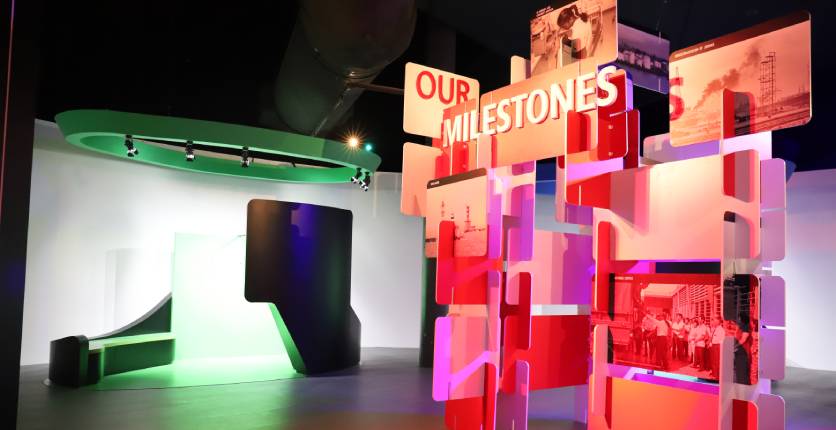
Enjoy The Gamification Of The Exhibition
While you explore the exhibition, you can enjoy the interactive elements which are placed throughout. Take part in a fun digital quiz at machines located throughout the exhibition and try to answer the questions which will determine if you are an agent-in-training, or a full fledged agent – find out at the end of the exhibition!
There’s also a digital interactive which allows you to become a reporter, read off the original script, record your reporting and have the video sent to your email. Be sure to also look out for some amazing-looking, larger-than-life centerpieces which are the main highlights in the various sections of the exhibition. One of it is a gigantic fist adorned with many mirrored pieces which reflect the fist of resolve shown by Founding Prime Minister Lee Kuan Yew during the Merdeka Talks.
To explore the exhibition, go online at our-scars.sdc.com.sg where you can experience it in a different digital dimension.
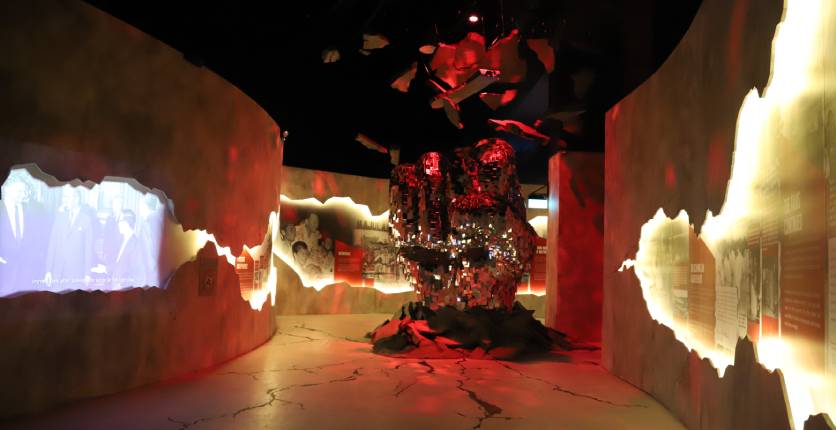
Re: Our Scars. For Your Necessary Action. is on now till 28 March 2021, 11 am to 7.30 pm from Monday to Thursday and 10 am to 10 pm from Friday to Sunday and public holidays at the Singapore Discovery Centre, 510 Upper Jurong Road, Singapore 638365. Admission is free for all.
BONUS: SAFRA members can enjoy 10% Off Escape Room, Laser Tag, Crossfire Paintball & XD Theatre Ride from now till 31 December 2021, and 20% Off Escape Room, Laser Tag, Crossfire Paintball & XD Theatre Ride from 13 to 21 March 2021, at the Singapore Discovery Centre.
Visit www.sdc.com.sg for more information.
